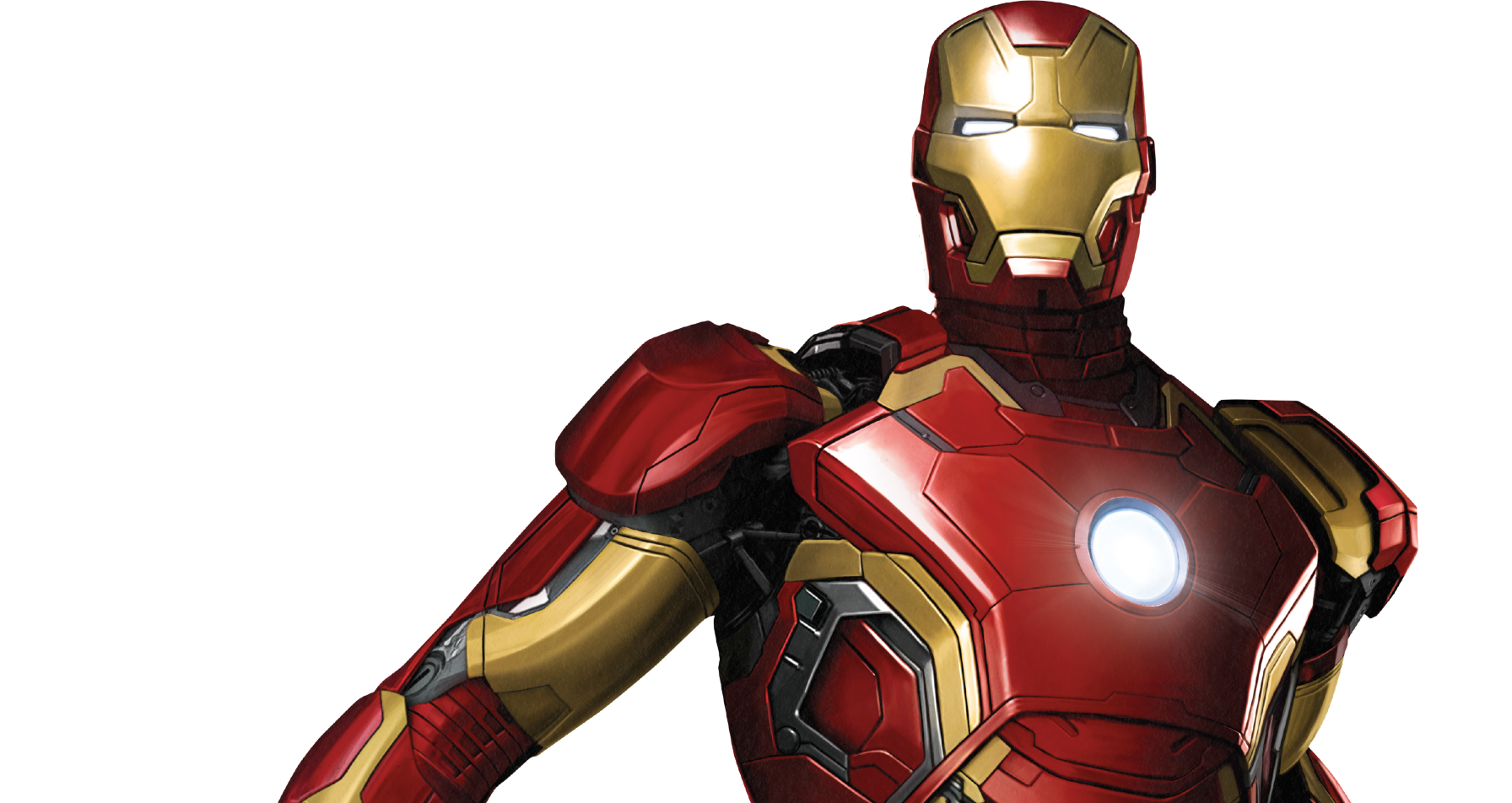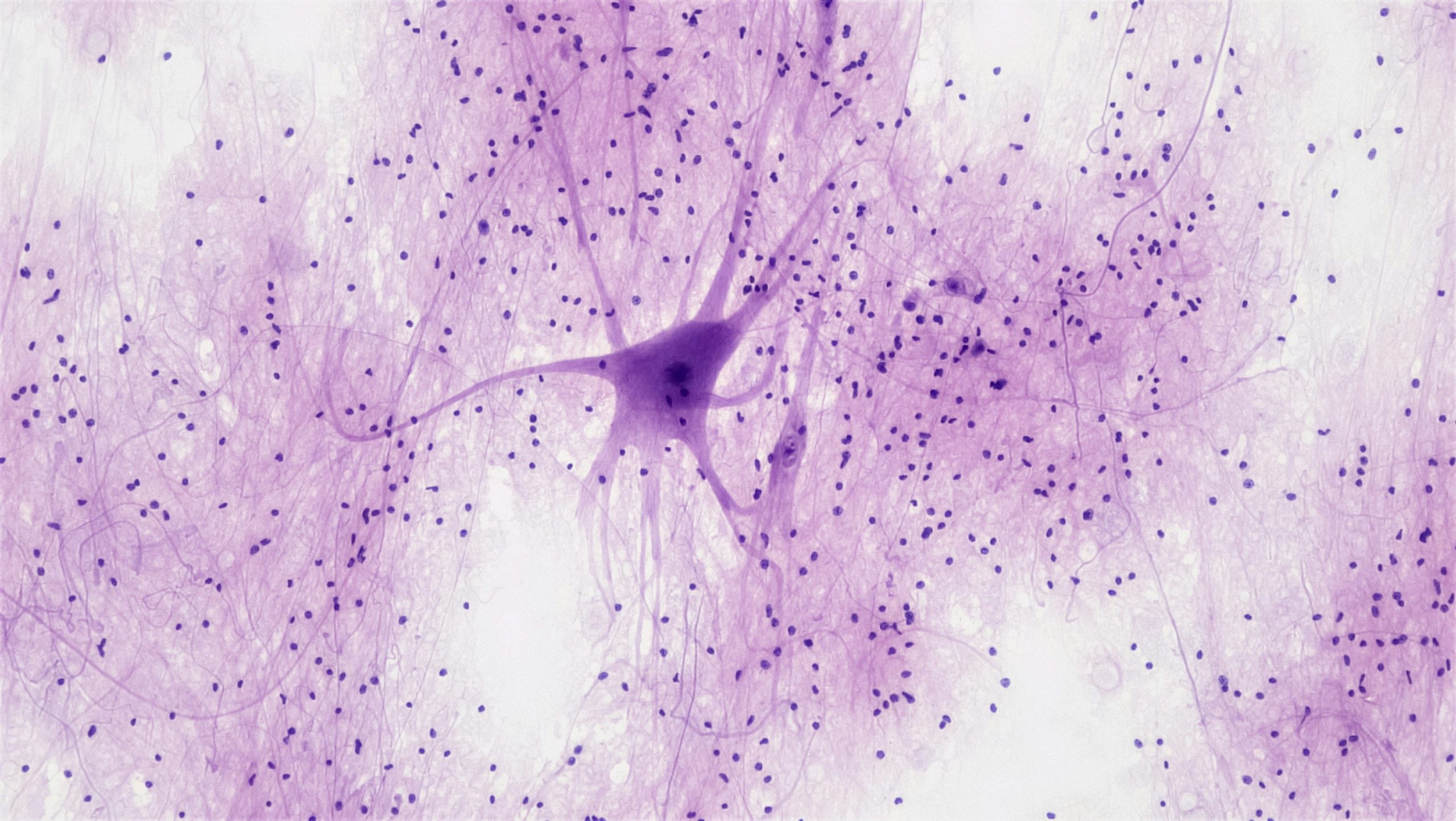by Larissa Chan, Year 10, Cheltenham Ladies College, Gloucestershire.
How can you rock climb again, after losing a leg? Jim Ewing fell fifteen metres during a climbing accident in the Cayman Islands, and he asked himself the same question.
The answer to this is the agonist-antagonist myoneural interface (AMI), a method invented by researchers in MIT that can connect nerves to a prosthetic, while allowing the user to retain proprioception-awareness of the position of your body, such as knowing where your arms are, without looking at them. Muscles contain ‘spindles’, which are sensors that provide information about tension and length. Collectively, this gives the brain a picture of how the body is positioned.
However, most prosthetics are unable to send back information to the brain, therefore the wearer cannot retain proprioception in that area of their body – AMI has changed that. An AMI is composed of two muscles – an agonist and antagonist, pairs linked mechanically in the remains of an amputation (or a muscle graft from another site of the body), which work in opposition to one another. When the agonist volitionally contracts, it generates an electrical signal, and the antagonist stretches. To retain proprioception, information about length and force, from the antagonist, passes to the brain. Artificial electrodes placed over the AMI muscles communicates the signal to a myoelectric prosthetic device, decoding the signal and allowing the user to control the movement of the prosthetic limb.
After Ewing underwent this procedure, he quickly learned how to move his ankle in different directions, and was able to navigate up and down a stairway. Due to the AMI’s ability to transfer information about proprioception, he could move it without being too conscious about it- just like an ordinary leg. In Ewing’s own words, the prosthetic became a ‘part of him’.
We are making advancements in imitating nature through our own lens, but what about going beyond? We’ve already built devices that contain a world’s worth of information, and we could even reverse blindness, under the right circumstances. However, we, as humans, are still fragile in flesh and bone. Could we augment ourselves, and extend beyond physical boundaries? According to Moore’s Law, the number of transistors on a computer chip will double every two years, exponentially increasing computing power. This opens up possibilities to increase the complexity and speed of current technology, but also unlock possibilities for new inventions.
Technology such as AMI has implications that stretch beyond limb replacement. With the power to control a mechanical extension of us, and the refined ability to be conscious of its position and movement, we could augment our strength, speed and more. In Pisa, a wearable exoskeleton is being developed, with the ability to lift fifty kg per hand, and apply ten times the force that the user applies to an object.
Barriers between the human brain and computers are already being blurred. In Florida, a ‘brain-controlled’ drone competition is being held. The user wears an EEG device to detect the electrical signal in the brain. A specific signal is then tied to a ‘fly forward’ command in the drone, so when the same signal is produced in the race, the drone will fly forwards.
Brain-computer interfaces have been used for decades, in areas such as the control of prosthetic limbs. Now, with further refining, it is used to detect and prevent seizures, in the form of the NeuroPace. Implanted under the scalp, with leads connecting to the area of the brain where seizures start, it monitors brainwaves and detect any abnormalities indicative of seizures, before sending electrical pulses to normalise the pattern- all in milliseconds. The information regarding the activity of the waves can be uploaded to a database, and reviewed by a doctor.
It is evident that by combining man and machine, we could advance in medicine, whether through preventing seizures or replacing limbs- we could even transcend the bounds of human capability, whether through exoskeletons, or controlling objects with our minds. By redefining our very limits, we are redefining the meaning to live, and the world we stand on.





